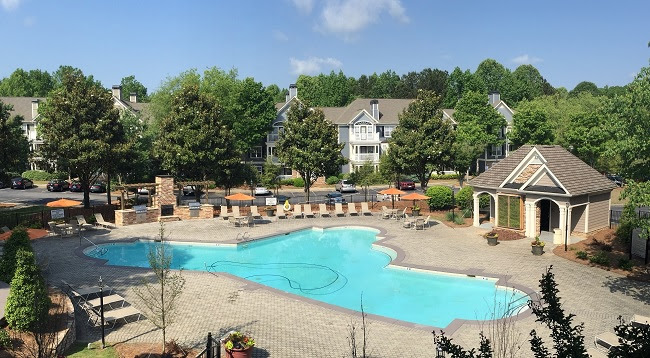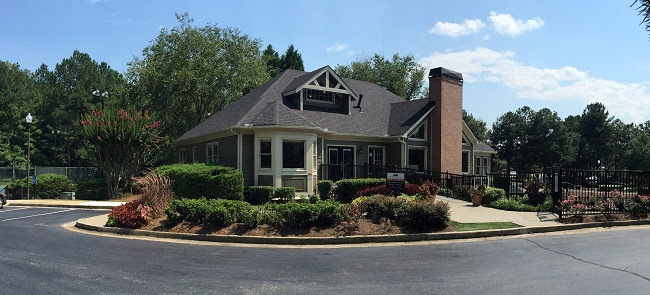
MULTIFAMILY RENTAL MARKET TRENDS TO WATCH
NEW RENTER DEMOGRAPHICS AND AFFORDABILITY FACTORS

Hollywood
October 17, 2016
As we have discussed over the past year or more, the description of the “average renter” has changed dramatically in recent years. While young adults continue to be a strong renter demographic, more renters of all ages are entering the market.
In addition, renters with mid-range incomes, including seniors, are looking for affordable options in attractive locations. Below are some insights on these trends:
More older renters
For the first time, Freddie Mac conducted a survey targeted solely at homeowners and renters who are 55+, which hints at this demographic’s increasing importance in the marketplace. Of the people represented in this survey, 6 million people in this age group plan to move again in their lifetimes – and 5 million of those anticipate renting by the year 2020.
What’s more, Freddie Mac’s David Brickman believes those numbers should be higher, writing:
“We believe these numbers may be understated as both homeowners and renters tend to overestimate their ability to age in place. For example, among those not retired, 56 percent of homeowners and 34 percent of renters predict they will age in place in retirement. However, of those already retired, only 12 percent of homeowners and 7 percent of renters are currently aging in place.”
Of the people 55 and older who intend to rent in the future, many of them will do so by choice rather than necessity. Writes Brickman:
“Among those 55+ renters who plan to move again, 71 percent plan to rent their next home. Some of these households are making a renter-by-choice decision as 38 percent of all 55+ respondents say they have enough extra money to go beyond each paydayincluding for savings. Further, more than half (59 percent) think it makes financial sense for people their age to be renters. This view is held by 67 percent of multifamily renters.”
Renters in this age group cite a number of factors that rank as “very important” to their housing and rental decision, including affordability, amenities (specifically those geared toward seniors), less maintenance responsibility and walkability of the community.
Research from the Urban Institute estimates that the number of senior households will swell to 46 million by 2030 – up from 25.8 million in 2010. According to Urban Institute researchers, 5.8 million seniors currently rent and that number will increase to 12.2 million by 2030.
With those staggering numbers in mind, property developers and managers will do well to cater to this market. Safety, ease of access, a sense of community all contribute to a more attractive rental unit for older renters – in addition to affordability and other factors that come with retirement and more restricted income.

Additional research by Freddie Mac indicates that renters view renting as the wise financial choice, and that applies across generations. A strong majority of millennials, gen Xers and baby boomers report that renting is more affordable.
In addition to saving money, renters choose to rent because it allows for more flexibility, access to their preferred neighborhood and lifestyle, and they don’t want to worry about repairs and maintenance.
That said, it might be surprising to learn that the majority of new multifamily development falls into the luxury classification.
According to Amy Hoak of MarketWatch:
“In 2015, 75 percent of multifamily rental developments completed were classified as high-end, according to a report from RENTCafé, a national apartment search website. The ratio of luxury apartments to total apartments was up 63 percent from 2012.”
In many cities, the difference in rent between a luxury building and a non-luxury building can be $1,000 or more. Hoak adds:
“The trend may affect middle-income renters the most, said Georgiana Mihaila, spokeswoman for RENTCafé. They’re now being priced out of the areas in which they want to live — causing them to either spend more on rent than they can really afford or move to less ideal locations.”
Offering a non-luxury option in desirable neighborhoods gives these middle-income households, including seniors, an attractive option. If a multifamily property can offer amenities like fitness centers and community areas, plus affordability, all the better.
